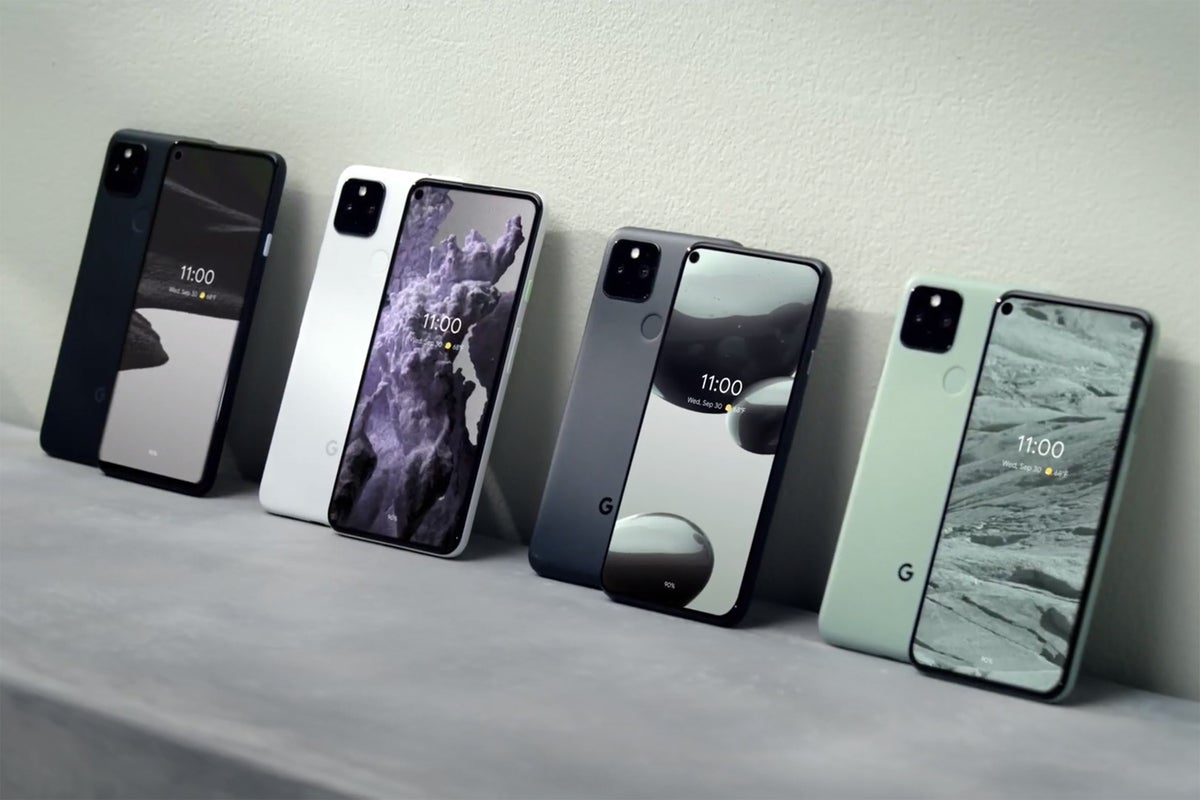The surprising Pixel 5 could lead to bigger things for Google’s phone strategy.
Google
Today’s Best Tech Deals
Picked by PCWorld’s Editors
Top Deals On Great Products
Picked by Techconnect’s Editors
This time last year I wrote a column titled, “If you got a Pixel 4 for Christmas, you should probably return it.” I didn’t want to write it. Ever since the Pixel launched in 2016, I’ve rooted for Google’s phone to succeed. No other company is in such a position to bring an iPhone-like level of hardware/software integration and an experience unsurpassed on any other Android phone.
Unfortunately Google never quite nailed it. The pieces were all there—flagship processor, fantastic camera, regular Android updates—but the design always left much to be desired, the features were gimmicky, and the battery was merely good-enough. On the Pixel 4, the compromises became too much to bear.
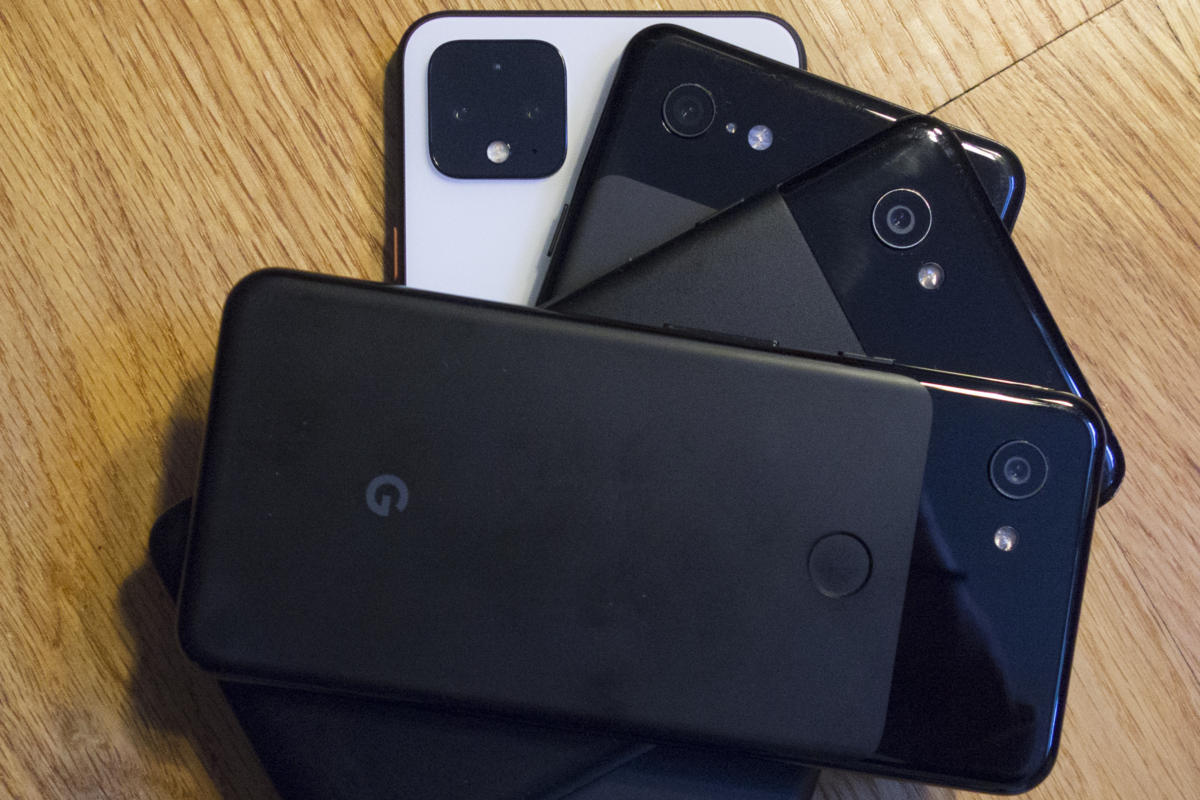 Michael Simon
Michael SimonPrevious Pixel phones never had the right formula.
But things might be looking up. In 2020 Google switched up its strategy with the Pixel 4a and 5, and the results were shockingly good. For one, the design was fantastic, with a light frame, slim bezels, and a textured non-glass back. But the more interesting moves were inside the phone: Google opted for the midrange Snapdragon 765G rather than the 865, and the Pixel didn’t lose a step. It still feels speedy, still delivers the purest Android experience, and still takes better photos than phones costing hundreds of dollars more. It also opens up the Pixel to a new world of possibilities.
Lower-end, higher-class
The Pixel might have been just a gleam in Google’s eye when Android One launched back in 2014, but the two projects are cut from the same cloth. The vision of Android One was to bring a pure Android experience to lower end phones that were often filled with bloatware. The Pixel phones are basically high-end Android One phones. Even with better components and displays, the focus—and selling point—is on software.
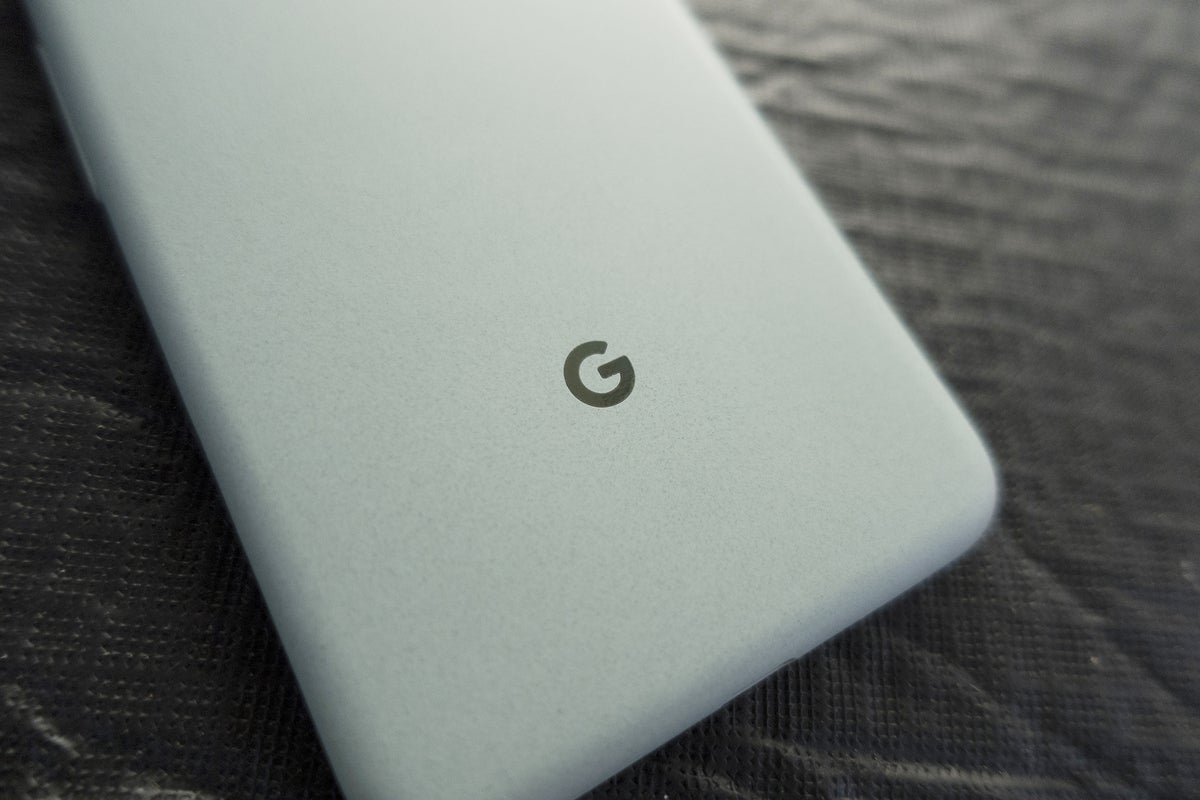 Michael Simon/IDG
Michael Simon/IDGThe Pixel 5 lost its glass back but kept wireless charging.
That software emphasis, however, is largely why the early Pixel phones failed to make much of an impact. The designs didn’t match the high cost, especially when compared to similarly priced handsets from Apple and Samsung. That’s why the Pixel 3a and 4a have fared better in terms of sales: The lower prices just make more sense.
With the Pixel 4a, 4a 5G, and 5, Google is creating a better balance between the hardware people want and the software they need. With Android One, Google was “working closely with phone and silicon chip makers… to build phones that are not just great to use, but also affordable,” a mantra that has found its way into the 2020 Pixel lineup. It’s more than just a lower price point or slower chip. For what seems like the first time in a Google phone, the Pixel 5 is phone built solely to leverage the power of Android without worrying about high-end parts and high-priced competitors.
The Pixel 6 could take it even further. The lineup this year was a little confusing with the $499 Pixel 4a 5G and $699 Pixel 5, especially because the 4a 5G had a bigger screen than the 5. Google has a lot more room to grow now that it has established the Pixel as a mid-range device.
It starts with the processor. While Qualcomm has yet to announce the successor to the 765G that powers the Pixel 4a and 5, there have been rumors that Google is working on its own processor. Axios reported earlier this year that “Google received its first working versions of the chip” and could be ready by next year. Axios reports that the chip will “include hardware optimized for Google’s machine-learning technology,” with part of the chip focused on “improving the performance and always-on capabilities of Google Assistant.”
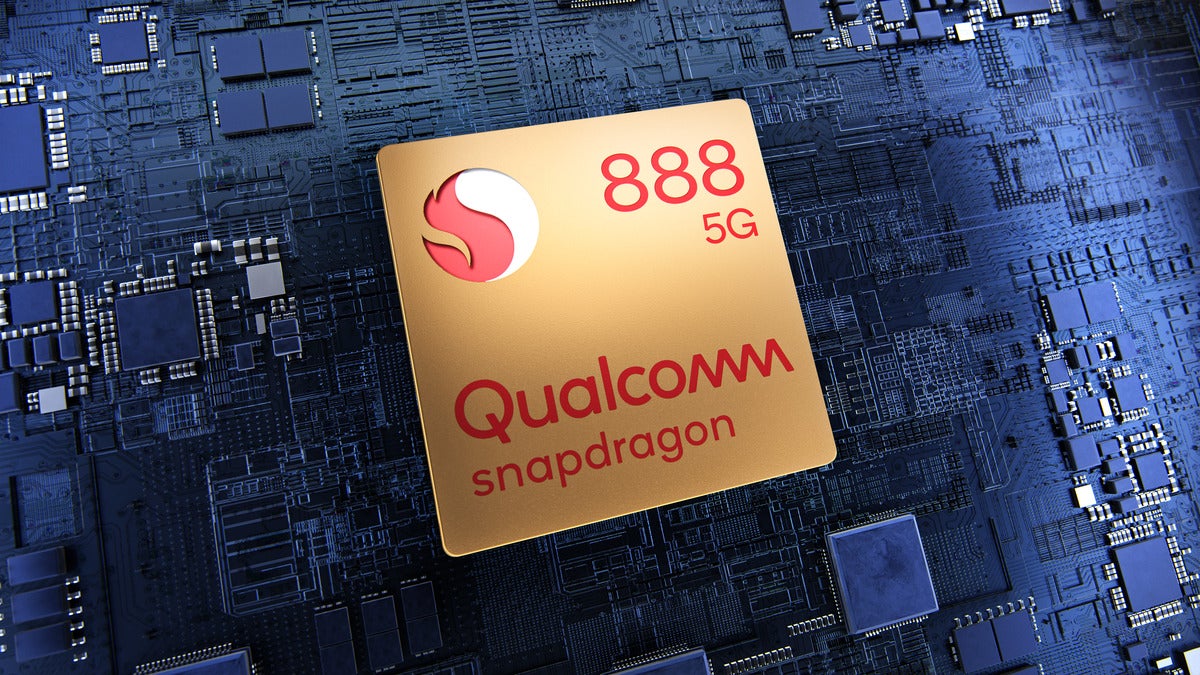 Qualcomm
QualcommWe’re already pretty sure that the Pixel 6 won’t be powered by the Snapdragon 888—but it might not have a Qualcomm chip at all.
If Google were trying to compete with Qualcomm’s speedy Snapdragon 888 I’d be skeptical. But with the Android optimizations Google already brings to its phones, a custom chip designed solely for the Pixel 6 could bring an experience akin to what Apple delivers with the iPhone. This could be just what the Pixel 6 needs to stand out in 2021.
A camera that can’t be topped
If there’s one area where the Pixel has always excelled, it’s the camera. While other phone makers have added three and four lenses to enhance the photo-taking experience, Google has done most of its work on the processing side. Things like Night Sight, Super Res Zoom, and Live HDR+ compensate for a lack of cutting-edge hardware.
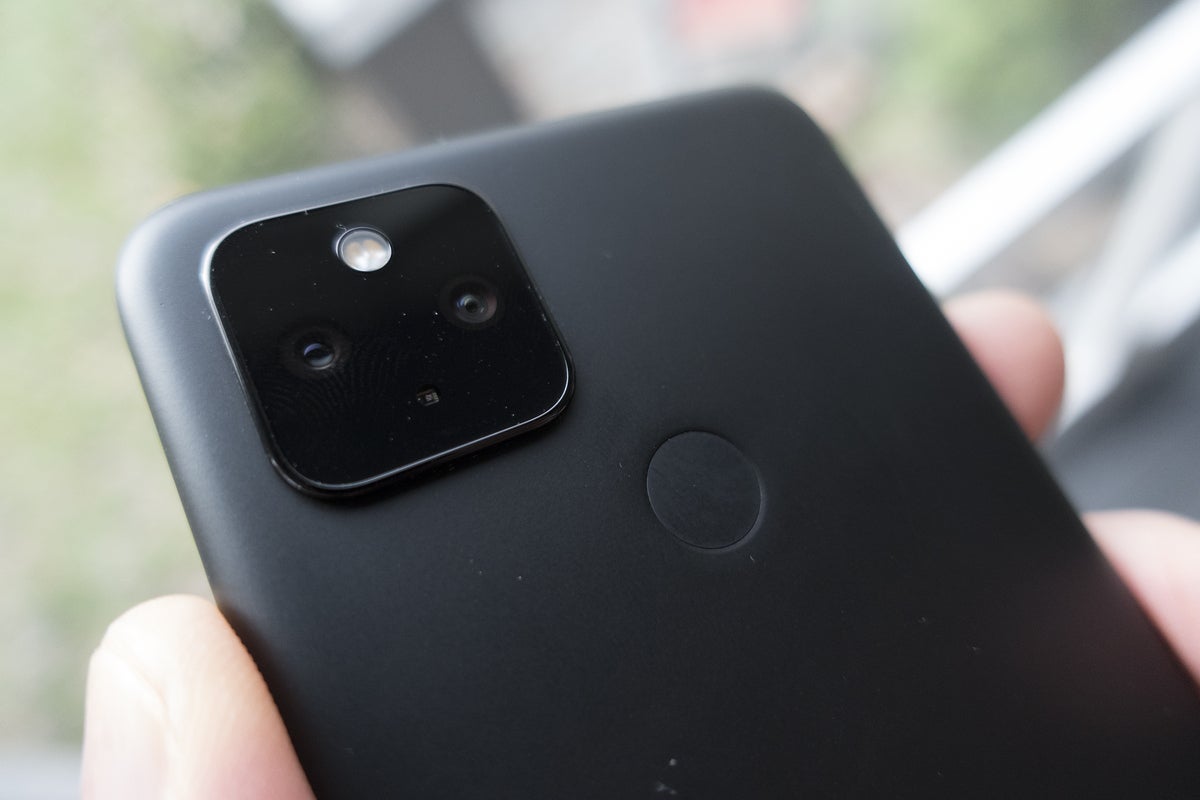 Michael Simon/IDG
Michael Simon/IDGThe camera has always been the Pixel’s best feature.
The last two Pixel phones have hit something of an innovation wall. While the Pixel 5 still takes some of the best photos for a smartphone at any price, there isn’t much it can do that the Pixel 4a can’t also do for hundreds less. Granted, the Pixel 5 has an ultrawide lens, but the overall Pixel camera experience seems primed for a breakthrough in 2021.
Google has already proven that it doesn’t need high-end specs to deliver a premium camera experience, and the Pixel 6 would be the perfect way to drive that home. Simple changes like the addition of a telephoto lens or a better sensor on the main camera would go a long way toward cementing the Pixel as the premier smartphone camera. As Google has rested on its laurels a bit, other phones have closed the gap with night mode and portrait mode enhancements. A jump in camera performance in 2021, especially at a lower price point, would help it reclaim the crown.
Leveraging the Android advantage
Finally, there’s Android itself. With timely updates, quarterly feature drops, and exclusive and “Pixel-first” features, Google has positioned the Pixel as the utmost Android experience at every price point. The relationship is only going to get tighter with Android 12.
 Michael Simon/IDG
Michael Simon/IDGThe Pixel 5 (left) could bring the same high-end experience that you get on an iPhone.
Aside from features and optimizations, I’m expecting Google to push the Pixel’s guaranteed Android updates from three to four or even five years. After Samsung upped its promise to three years in 2020, and Qualcomm announced that it will be supporting four years of updates with the 888 processor, the Pixel needs to set itself apart from the pack. Years of timely updates is one of the Pixel’s strongest points. An iPhone-like level of guaranteed updates would make it the unprecedented champ.
Google’s 2020 Pixel moves were definitely surprising, but I don’t think it means Google is giving up on its handset as an influencer in the Android universe. Quite the opposite: With a few changes in 2021, the Pixel could finally become the phone it was always meant to be.
Note: When you purchase something after clicking links in our articles, we may earn a small commission. Read our affiliate link policy for more details.
Michael Simon covers all things mobile for PCWorld and Macworld. You can usually find him with his nose buried in a screen. The best way to yell at him is on Twitter.

